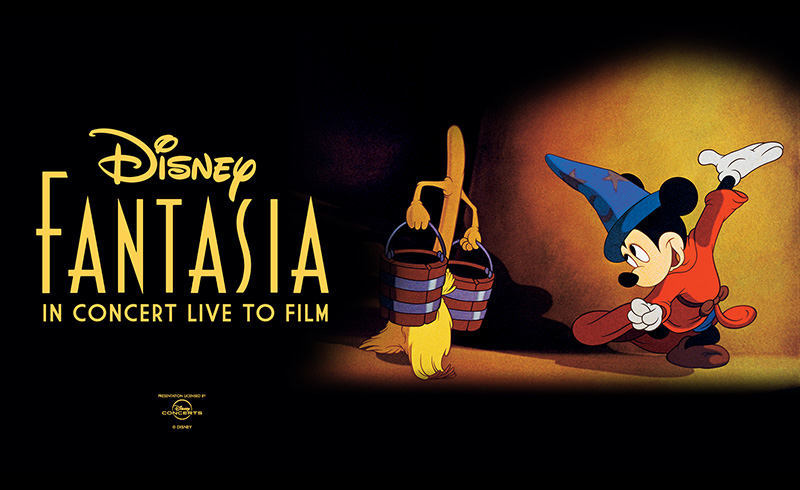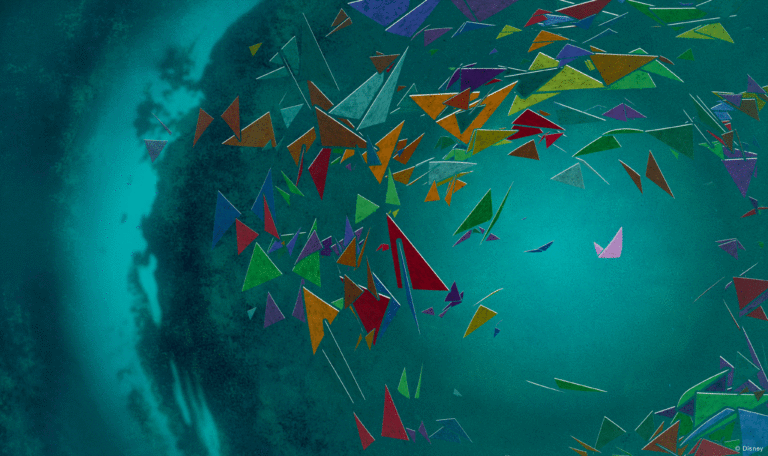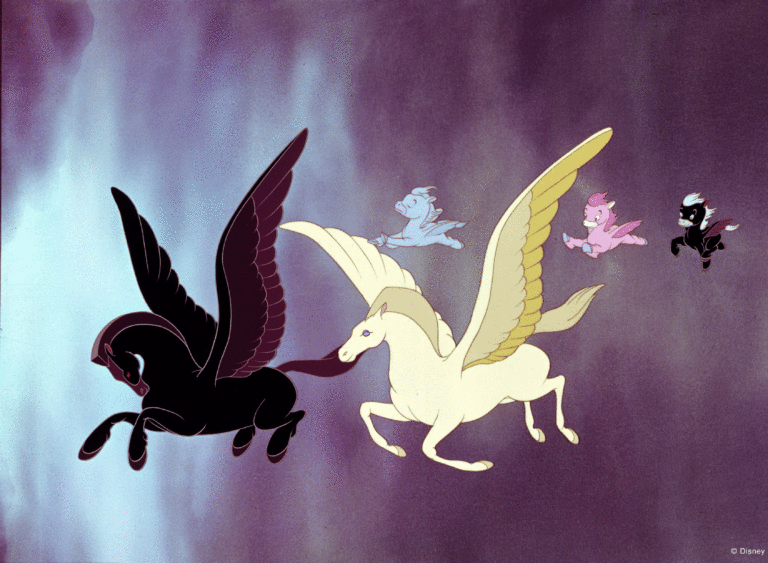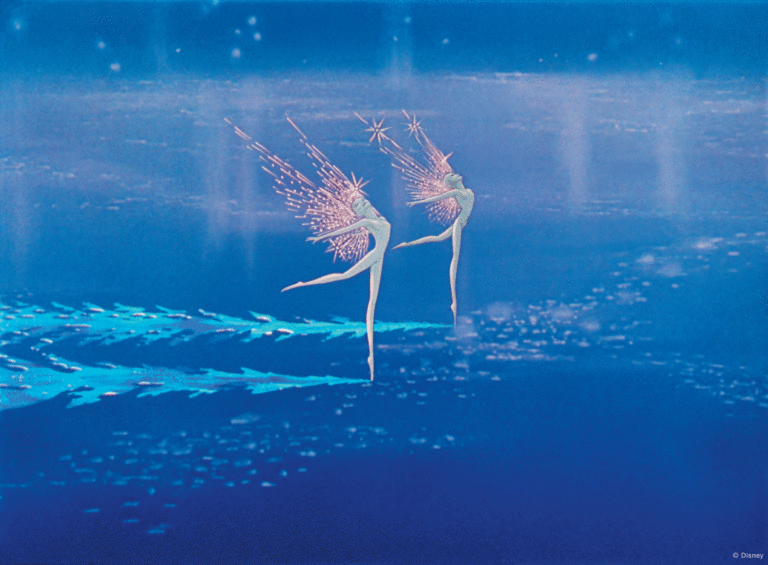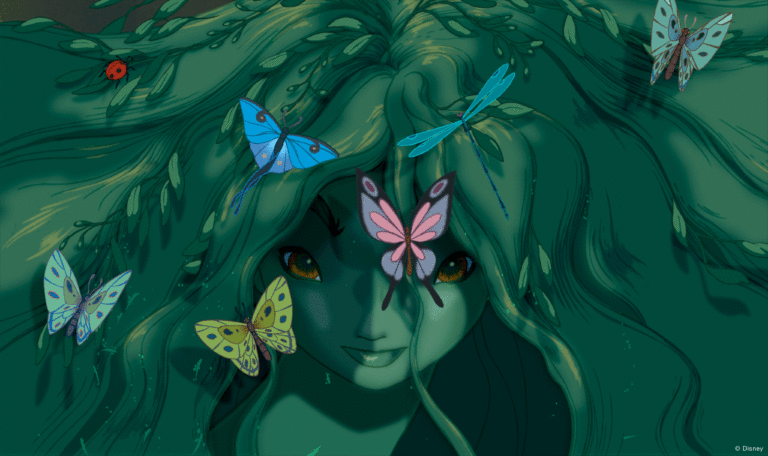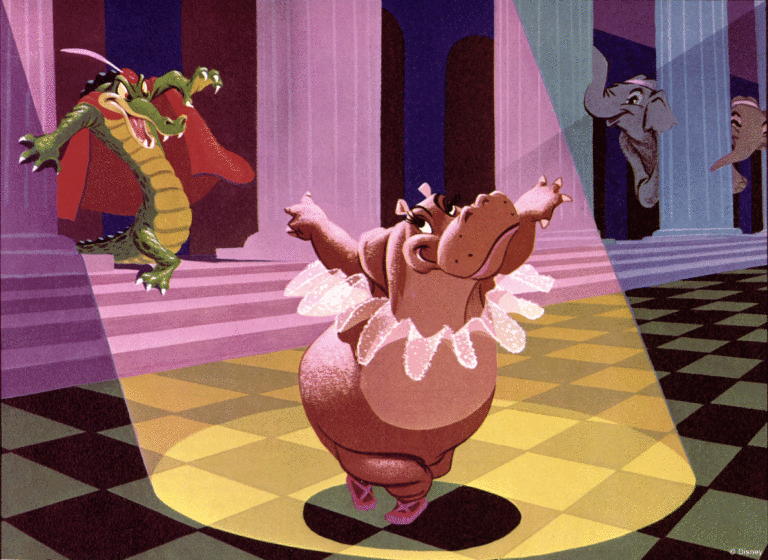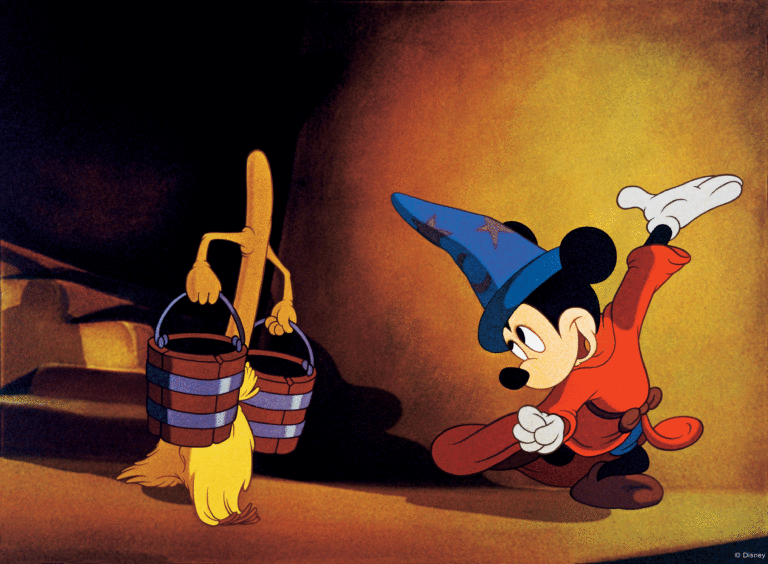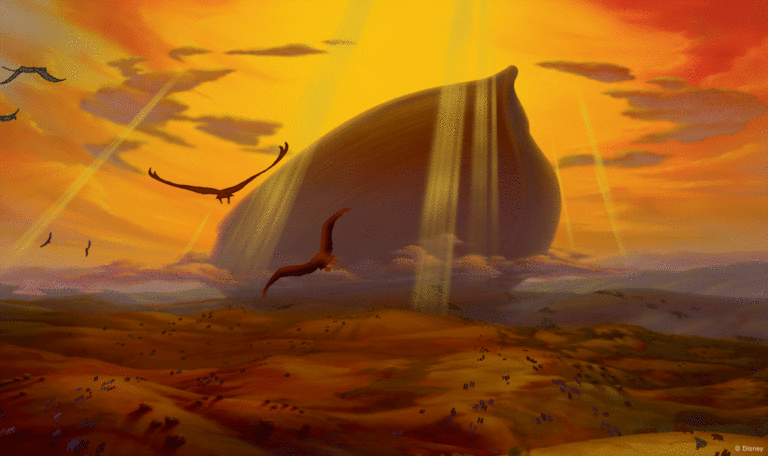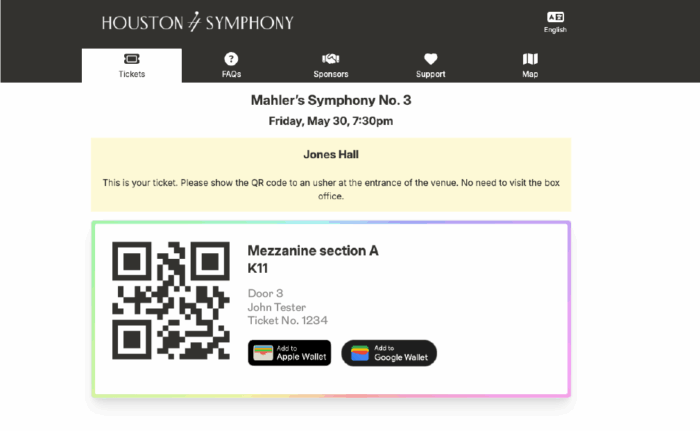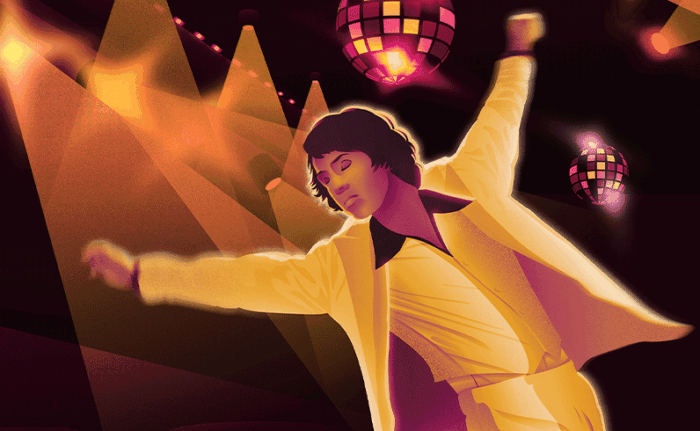For many, Fantasia and Fantasia 2000 were their first introduction to classical music. Through a combination of both widely-known and lesser-recognized pieces outside the classical music world with groundbreaking animation, these motion pictures are immortalized as part of Disney's legacy.
Read about the program below before seeing the stunning visuals and live music performed by the Houston Symphony on November 25, 26 & 27.
Symphony No. 5 in C minor, Opus 67 by Beethoven
I. Allegro con brio
Perhaps the most well-known classical music motif of all time, Beethoven's 5th Symphony opens Fantasia 2000. This short-short-short-long motif is traditionally interpreted as "fate knocking at the door" and forms the basis of the entire movement. The abstract collection of animations for this segment was a combination of computer animation—a relatively new technology at the time—and traditional drawing.
Symphony No. 6 in F major, Opus 68 (Pastoral) by Beethoven
III. Merry assembly of country folk
IV. Thunderstorm
V. Shepherd's song: Happy, grateful feelings after the storm
Beethoven greatly appreciated the outdoors and wrote his Sixth Symphony to portray pastoral episodes, which is why it was given the title Pastoral, fitting perfectly with the animators' vision for this segment. The rippling phrases and spacious melody paint of picture of life in mythological Greece. While this was not the original piece chosen for this segment, Walt Disney ultimately decided on the piece to expose people to classical music in a way they'd never experienced before.
Suite from The Nutcracker, Opus 71a by Tchaikovsky
A holiday favorite of people of all ages, the music of Tchaikovsky's The Nutcracker evokes colorful images of the story. However, this segment gives the audience a unique interpretation of the music by featuring anthropomorphized flora, fauna, and faeries dancing to "Dance of the Sugar Plum Fairy," "Chinese Dance," "Dance of the Reed Flutes," "Arabian Dance," "Trepak," and "Waltz of the Flowers."
Clair de lune from Suite bergamasque by Debussy/Stokowski
After being fully recorded, animated, and shot, "Clair de lune" was cut from the final product to shorten the film's run time. The animation was reused in a film titled Make Mine Music (1946) with the popular song "Blue Bayou" replacing "Clair de lune." However, in a 1996 restoration, the original performance of the Philadelphia Orchestra conducted by former Houston Symphony Music Director Leopold Stokowski was reunited with the unedited animation.
Suite from L’oiseau de feu (The Firebird) by Stravinsky
Rejected in the original Fantasia and replaced with Stravinsky's ferocious and provocative music from his ballet The Rite of Spring, The Firebird was revisited for Fantasia 2000. Roy Disney's vision for this segment was inspired by his passing of Mount St. Helens in Washington State shortly after its eruption in 1980. From this, a story of life, death, and rebirth centering around a Spring Sprite and her companion elk.
Dance of the Hours from La Gioconda by Ponchielli
When you think of animals doing ballet, the last animals you picture are ostriches, hippos, elephants, and alligators. But those are precisely the animals Disney used for Ponchielli’s Dance of the Hours from La Gioconda. After using a George Balanchine ballet for the 1938 film The Goldwyn Follies and many other ballerinas and ballerinos, the animators combined high and low art into this lovable parody. Walt Disney made sure humor played a large part in the segment, but never at the expense of the ballet. He wanted to show the juxtaposition of large, awkward animals with graceful movements.
L’apprenti sorcier (The Sorcerer’s Apprentice) by Dukas
Less than 10 years after the introduction of Mickey Mouse, Walt Disney felt he was declining in popularity and needed to be featured in a short film. Thus, the idea for The Sorcerer's Apprentice was conceived. After meeting Leopold Stokowski, former Houston Symphony Music Director, and leader of the Philadelphia Orchestra at the time, Walt Disney envisioned a production far above the value of the pictures Mickey usually appeared in. The story features Mickey in a retelling of Johann Wolfgang von Goethe's poem, The Sorcerer's Apprentice, using music by Paul Dukas's composition of the same name.
Pomp and Circumstance March in D major, Opus 39, No. 1 by Elgar/Schickele
Many pieces were considered for this segment of Fantasia 2000 as animators looked for a piece that would be well-known by all. Due to its popularity in graduations across the United States and various other events worldwide, Elgar's Pomp and Circumstance March No. 1 was selected. Donald Duck is featured in this segment as it seemed only fitting he gets his moment in the spotlight as Mickey had in Fantasia. With the retelling of Noah's Ark with animals marching two-by-two and the repetitive nature of the music, Donald Duck loses and regains his true love after being thrown into the humorous incident after incident.
Pini di Roma (Pines of Rome) by Respighi
I. I pini de Villa Borghese (The Pines of the Villa Borghese)
III. I pini del Gianicolo (The Pines of the Janiculum)
IV. I pini della via Appia (The Pines of the Appian Way)
This final segment of Fantasia 2000 pushes the boundary of technology available at the time. Combining traditional hand-drawn animation with computer-generated characters, animators created the impossible–a pod of humpback whales flying through the sky set to movements of Respighi's Pines of Rome. For the animation to follow the music, director Hendel Butoy made a "musical intensity chart" for the animators to track the music's ups and downs; as the music brightened, so did the picture's color.
Read more about the making of Fantasia before viewing the stunning animation on the big screen as the Houston Symphony performs the soundtrack life this Thanksgiving Weekend: November 25, 26 & 27. Tickets are selling quickly!
